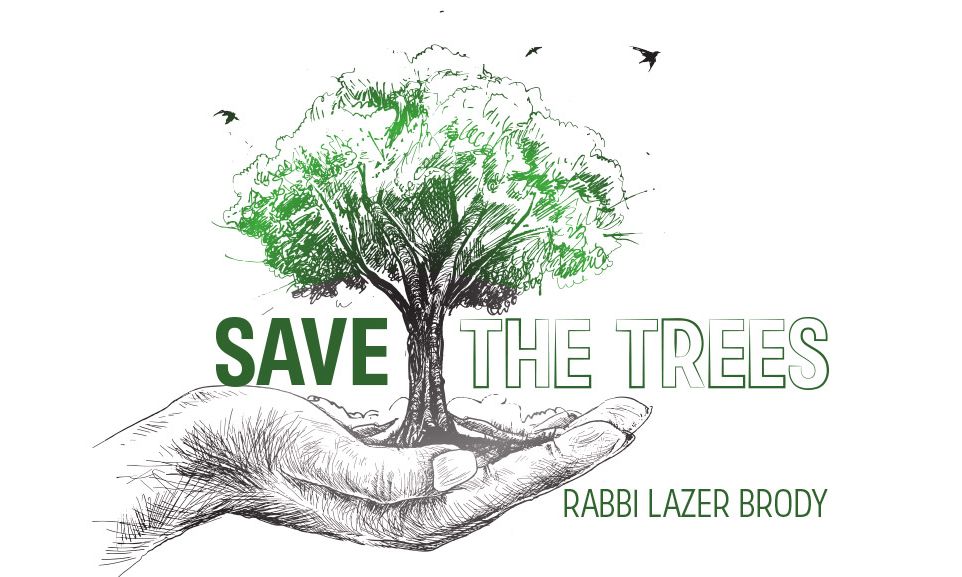
Save the Trees
Trees in Jewish tradition are symbolic of fertility, children, and abundance. Just as we care for them, we need to care for the trees in eretz Yisrael.

I know many newly observant people who regret having been philosophy or humanities majors in university. Many have told me that once they started learning Torah and Jewish thought, they had to unlearn much of what they had studied in college.
Fortunately, having been an agriculture major with a specialist in horticulture and tree farming, I didn’t have to unlearn a thing. Indeed, much of what Hashem enabled me to study has helped me throughout the years in Torah and Judaism. With such a background, Tu B’Shvat – the New Year for trees – is certainly one of my favorite holidays.
Few nations are so environmentally aware as the Jewish People; Tu B’Shvat, for example, is a day when we 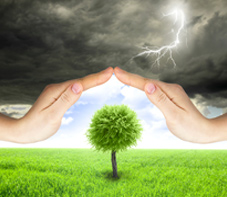 focus on beautifying the earth we live on. Especially here in Israel, Tu B’Shvat is a day of planting trees all across the countryside. Consider planting a tree (or two, or three, or more) in your backyard.
focus on beautifying the earth we live on. Especially here in Israel, Tu B’Shvat is a day of planting trees all across the countryside. Consider planting a tree (or two, or three, or more) in your backyard.
Many people plant a fruit tree every time they are blessed with a new child, for trees in Jewish tradition are symbolic of fertility, children, and abundance. that’s truly a beautiful custom.
Almost everyone on Tu B’Shvat focuses on planting. Yet, let’s look at a different angle of trees and Tu B’Shvat. What are we gaining by planting new trees alone without caring for existing trees? That’s like building a hospital with nothing other than a maternity ward…
In recent years, I witnessed two “tree holocausts.” One was the Carmel Fire of 2011 here in Israel, where an estimated 6,000,000 trees were burned; that was ghostly symbolic, for the Torah tells us that man is a tree in the field. The second was in New York City during Hurricane Sandy. Brooklyn and Long Island were like a military obstacle course, with massive trees downed, uprooted, and broken all over the place.
There’s a lot we can do to save trees from hurricanes, high winds, snow and the weight of ice. The laws of charity say that charity begins at home; in like manner, let’s first make sure that the trees in our domain are safe.
The following are some practical pointers that will help not only to save your trees, but to keep them healthy for years to come:
1. Trees may look massive from the outside, but if they’re decayed on the inside by termites, rodents or other pests, they’ll be highly susceptible to extreme winds and weather. While examining the felled trees in New York City after Hurricane Sandy, I noticed that most of them were decayed in the center with insect and termite infestation. Hire a certified tree specialist, otherwise known as an “arborist” or a “tree doctor” to examine your trees. Arborists are knowledgeable about the needs of trees and are trained and equipped to provide proper care. Hiring an arborist is a decision that should not be taken lightly.
Don’t forget that well-cared-for trees are attractive; they also add considerable value to your property. Poorly maintained trees can be a significant liability. Pruning or removing trees, especially large trees, can be dangerous work, so don’t do it alone. Chain saws are especially dangerous for those who don’t have experience, so hire a person who is trained and equipped to work safely in trees.
2. Once you have a tree specialist who you work with regularly, you’ll be a priority client and will benefit from pre-storm checkups. Pre-storm assessment help identify trouble spots. Decaying and leaning trees should be pruned, staked or removed, especially those threatening dwellings, parked cars or utility lines.
3. Trees don’t like to be “choked”, that is, planted in a crowded manner. But, once they have they’re necessary space (roughly 90 sq. ft. or 9 square meters per fruit tree), they like being planted in groups. This has a benefit, for there is strength in numbers. Trees planted in groups survive better in high winds, because they won’t be able to bend as readily to the point of breakage. They also help soften the blow of the wind force.
4. People love planting exotic trees that no one in the neighborhood has, but I don’t recommend it. Don’t plan palm trees unless you live in Florida, California, Israel, or points even closer to the equator. Plant trees that are native to your environment. Peaches do great in Georgia and apples are perfect for Maryland and Pennsylvania. Nut and cherry tree do well further north. Some varieties do better than others in storms, especially trees with conical branching. Dwarf varieties – trees that are small at maturity – give full-sized fruit, are easy to care for and hold up well against storms. If you live anywhere in Israel, olives, figs, grapes and pomegranates will all perform well.
5. Talk to your trees with affection – they have souls and will thrive on your love for them. This is no joke – try it and prove it to yourself.
Trees are on of Hashem’s greatest gifts to us. On Tu B’Shvat, let’s than Him with all our hearts. May Hashem bless you with wonderful fruit – fruit of the trees and fruit of the womb, amen!



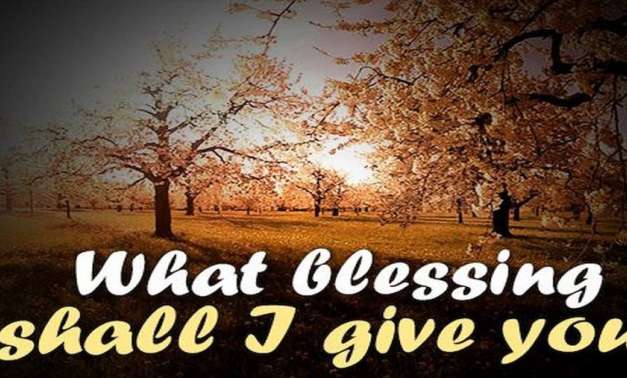
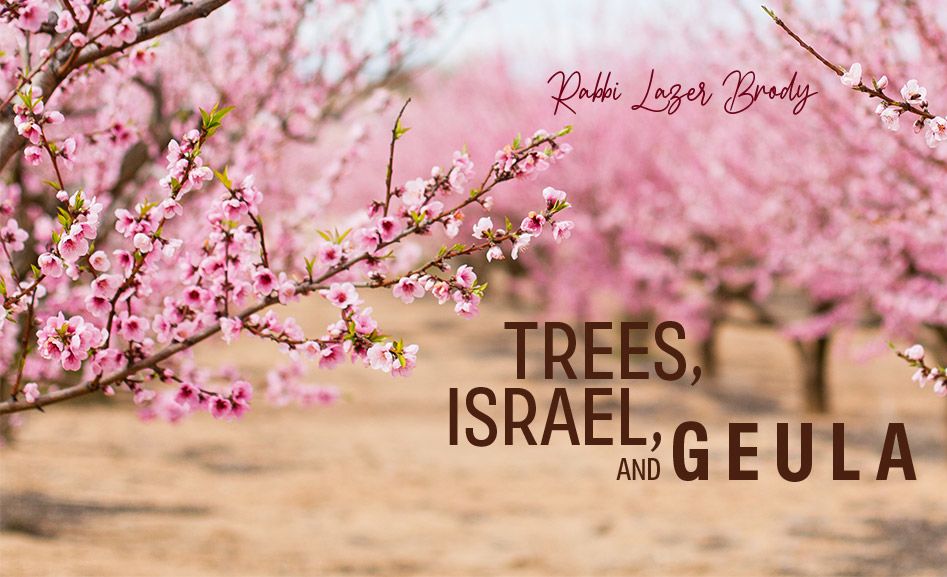
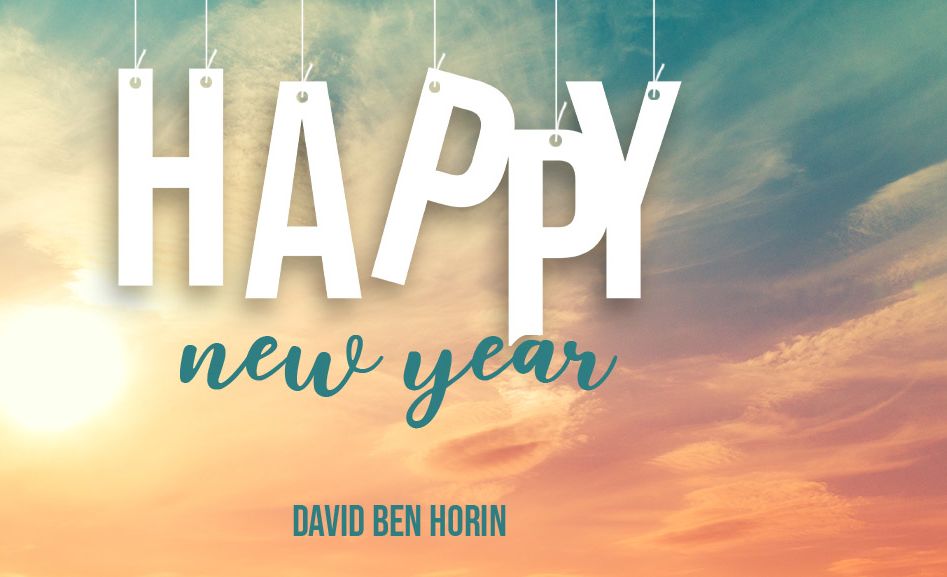
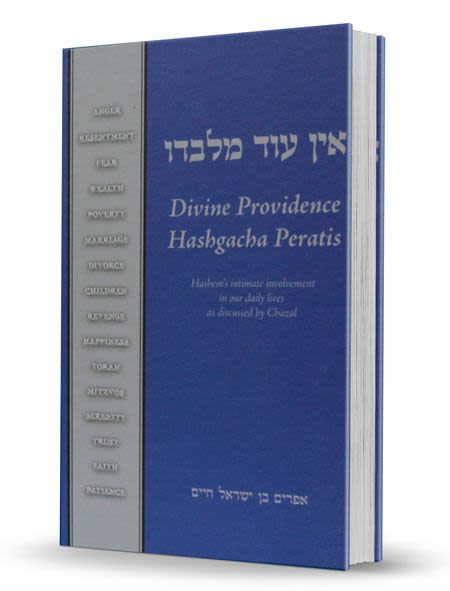


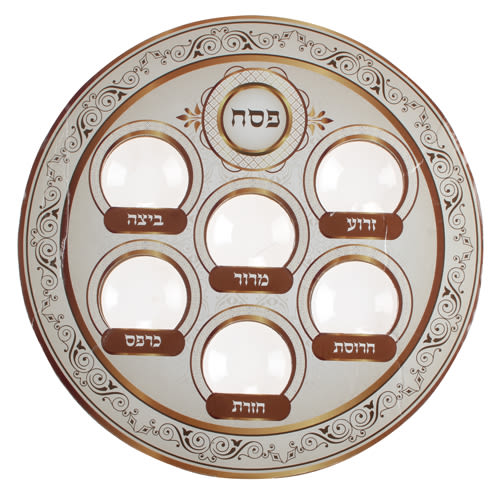
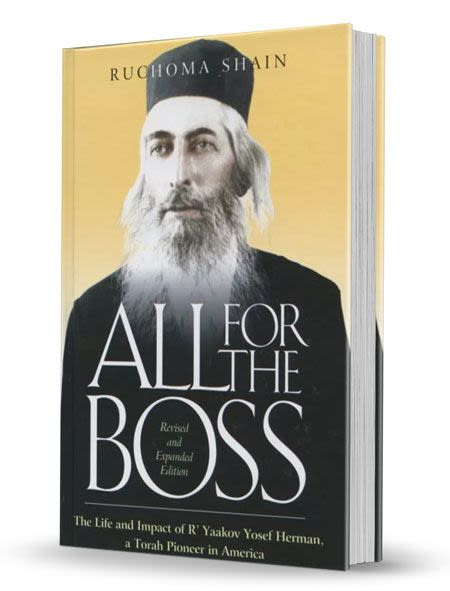
12/26/2013
Great article on the care of trees! Thank you, Rabbi Brody! This is a great article. I did not know that you had this type of background as well. Very informative piece.
12/26/2013
Thank you, Rabbi Brody! This is a great article. I did not know that you had this type of background as well. Very informative piece.